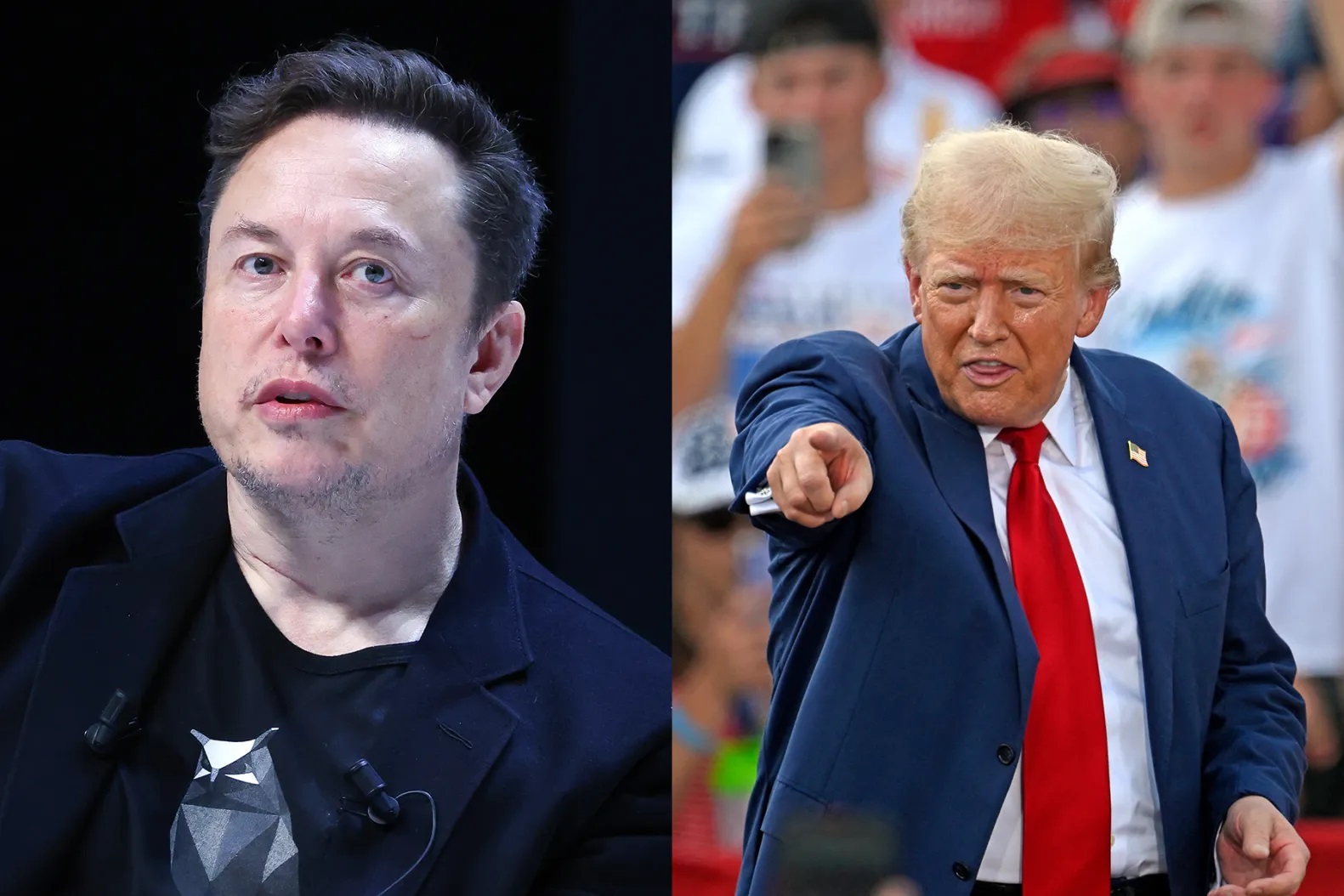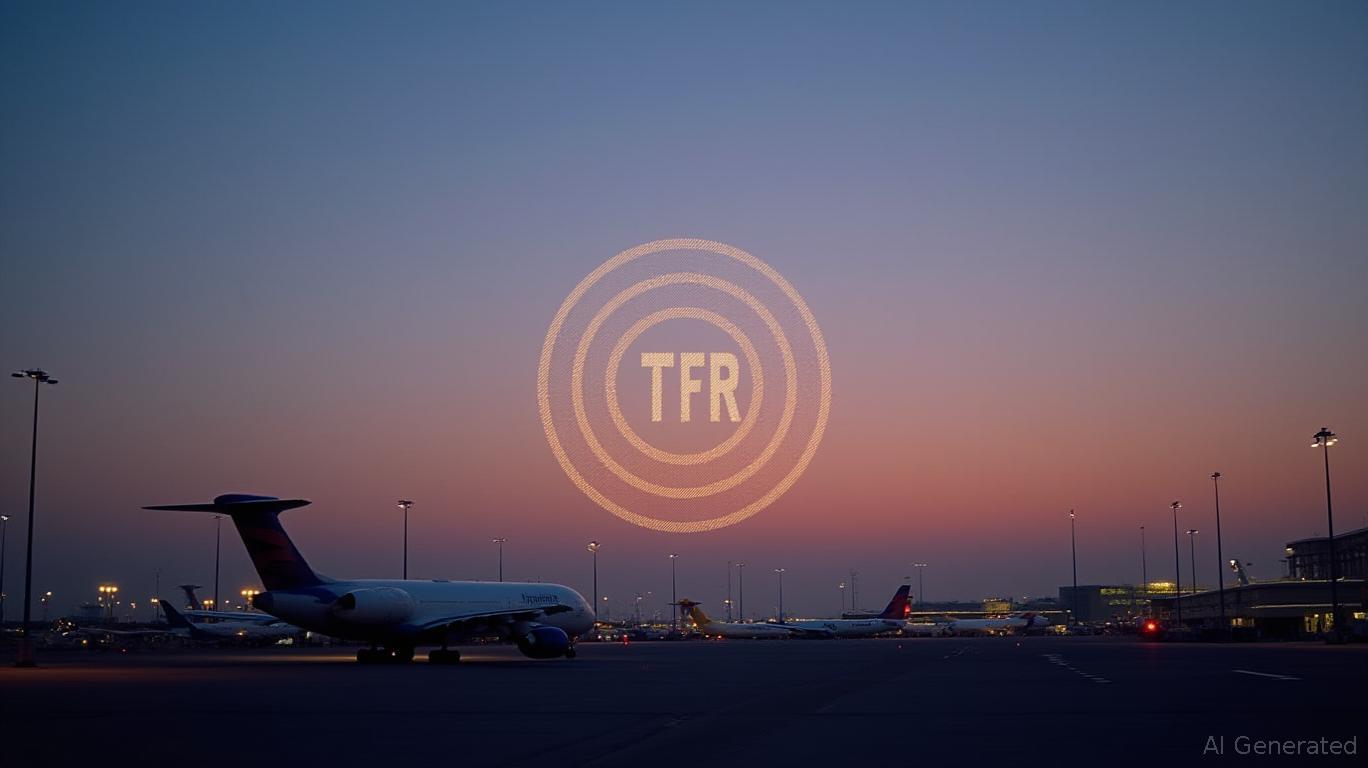Eramet Navigates Volatility with Resilient Q1 Turnover
Eramet’s Q1 2025 results underscored its ability to maintain stability amid a challenging commodities landscape, with turnover holding steady at €742 million despite headwinds across its key sectors. The French mining and metallurgy group balanced price increases and currency tailwinds against operational disruptions, reaffirming its 2025 targets while navigating regulatory shifts and market volatility.

Sector-Specific Performance: A Mixed Picture
Manganese Activities: While manganese ore sales fell 15% to 1.2 Mt due to persistent port bottlenecks in Gabon and a resolved social movement, the division’s FOB cash costs rose 7% to $2.4/dmtu. Rising mining taxes and lower volumes offset declines in sea transport costs (-32% to $0.7/dmtu). However, manganese alloys saw stronger performance, with turnover up 7% to €207 million, driven by stable volumes and a strategic product mix adjustment.
Nickel Operations: Eramet’s Indonesian subsidiary, PT Weda Bay Nickel (PT WBN), faced mixed results. Nickel ore production rose 3% to 9.2 Mwmt, but external sales dropped 11% to 5.4 Mwmt due to destocking at the Weda Bay Industrial Park (IWIP). Meanwhile, limonite sales surged 174% to support HPAL plant expansion. Financially, PT WBN’s turnover fell 31% to €73 million, though off-take contracts (ferroalloys) grew 27%. The looming threat of Indonesia’s new royalties—projected to cost up to €20 million in 2025—adds uncertainty, though domestic supply premiums may cushion the blow.
Mineral Sands: A standout performer, the division’s turnover jumped 30% to €68 million, fueled by a 23% production increase in Senegal. Ilmenite and zircon sales surged 68% and 32%, respectively, though falling global prices (-5% for zircon, -4% for ilmenite) highlight oversupply risks.
Lithium Breakthrough: Eramet achieved a milestone with its first lithium carbonate sales (40 t-LCE) using its proprietary Direct Lithium Extraction (DLE) process. Production reached 440 t-LCE, but delays in commissioning the Forced Evaporation unit limited capacity. Sales to Chinese manufacturers at $9,371/t—26% below the SMM benchmark—reflect the need for further processing to meet battery-grade standards. Management remains confident in scaling up to 10–13 kt-LCE by mid-2025.
Financial and Strategic Priorities
Eramet reiterated its 2025 targets, including manganese ore volumes of 6.7–7.2 Mt and nickel sales of 29 Mwmt. Capex is projected to fall to €400–450 million, down from €531 million in 2024, as the company prioritizes deleveraging. Sustainability initiatives also advanced: safety metrics improved (TRIR down 30% to 0.6), and the eraLow low-carbon manganese alloy launched, aligning with EU regulatory demands.
Risks and Opportunities
- Market Volatility: Manganese’s consensus price for 2025 is $4.7/dmtu, slightly up from Q1 but below 2024 levels. Nickel faces a $15,900/t LME price forecast (-5% annually), with oversupply risks.
- Regulatory Pressures: Indonesia’s new royalties and EU trade measures threaten margins, while China’s steel demand slowdown could dampen manganese consumption.
- Lithium Potential: Success in scaling battery-grade lithium production could unlock value, but timing and cost remain critical.
Conclusion: Stability Amid Transition
Eramet’s Q1 results reflect resilience in a turbulent market. While manganese and nickel divisions face logistical and regulatory hurdles, lithium’s early success and cost discipline provide optimism. The company’s focus on deleveraging and sustainability—evidenced by a 30% drop in safety incidents and its eraLow product—aligns with long-term investor priorities.
Crucially, Eramet’s 2025 operational targets remain intact, with lithium’s growth trajectory and manganese’s cost controls offering upside. However, risks like Indonesia’s royalties and global commodity slumps demand vigilance. For investors, Eramet’s mix of stability and innovation positions it as a cautiously optimistic play in a sector rife with uncertainty.
In sum, Eramet’s Q1 stability is a foundation for growth—if it can navigate the next critical quarters without derailing its lithium ambitions or succumbing to external pressures.









